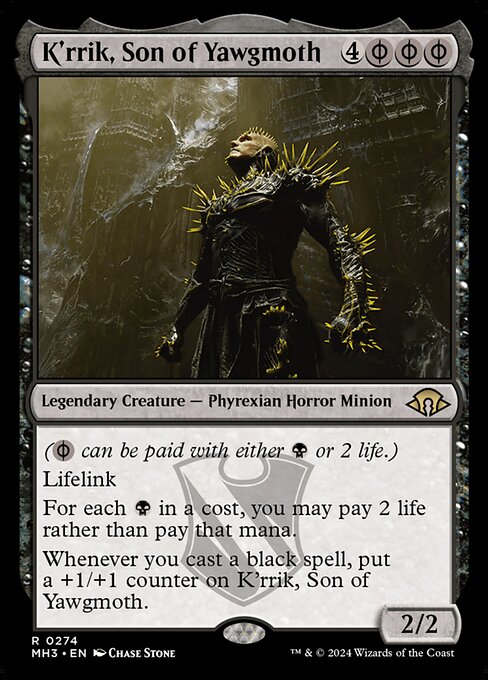Deck & Commander Strategies
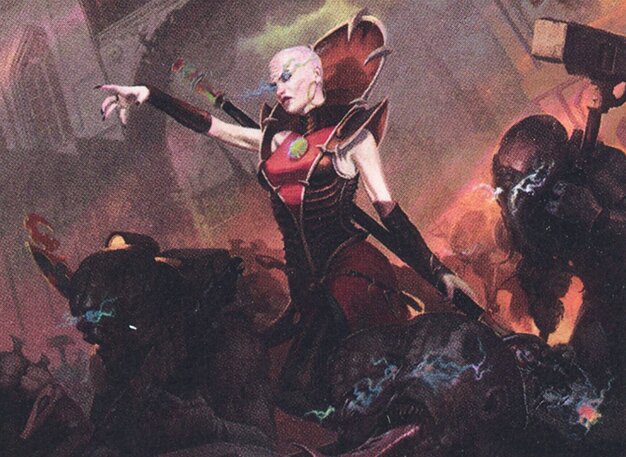
Magus Lucea Kane
Focuses on a two-card infinite combo using Kiki-Jiki, Mirror Breaker and Pyrexian Tower tutors with Finale of Devastation to win by creating infinite creatures or damage.

K'rrik, Son of Yawgmoth
Uses multiple life-pay combos and resilient interaction to repeatedly attempt wins, avoiding all-in early game strategies common to K'rrik builds.
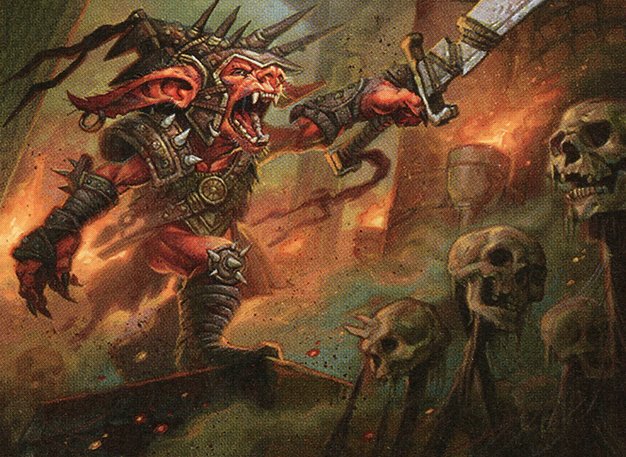
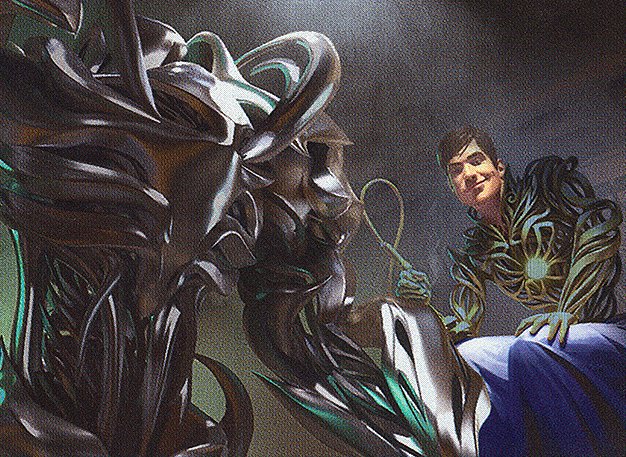
Rograkh, Son of Rohgahh and Silas Renn, Seeker Adept
Leverages artifact synergies and artifact-based combos, with Time Sieve enabling extra turns and controlling the board through artifact sacrifices.


Cecily, Haunted Mage and Sophina, Spearsage Deserter
Combines blue-based control and artifact synergy with spells like Brainstorm, Intuition, and extra turn spells, aiming to draw and combo off quickly.
Gameplay Insights
- 1
Using Vampiric Tutor to put Mana Crypt on top of the library enabled a turn two K'rrik, accelerating the deck's game plan significantly.
- 2
Pestilence was effectively used as a control tool to manage creature threats, especially when board presence was limited.
- 3
Players prioritized disruption spells such as Nature's Claim against key artifacts to slow down opponents' combos.
- 4
The choice of combo pieces in Magus Lucea Kane’s deck emphasized flexibility, using creatures that have standalone value as well as infinite combo potential.
- 5
The resilience of K'rrik’s build allowed it to survive early aggression and attempt multiple combo lines rather than relying on a one-shot win.
- 6
Artifact synergy was crucial in Rograkh and Silas’s strategy, with Time Sieve enabling extra turns once enough artifacts were in play.
Notable Cards
-
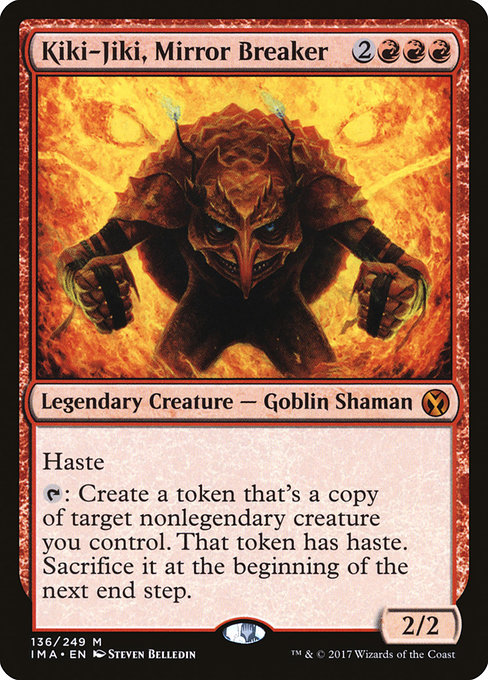
Kiki-Jiki, Mirror Breaker
-
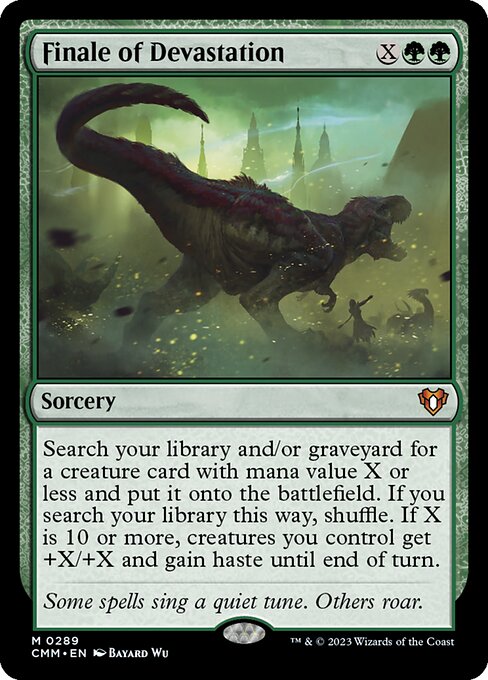
Finale of Devastation
-

Mana Crypt
-
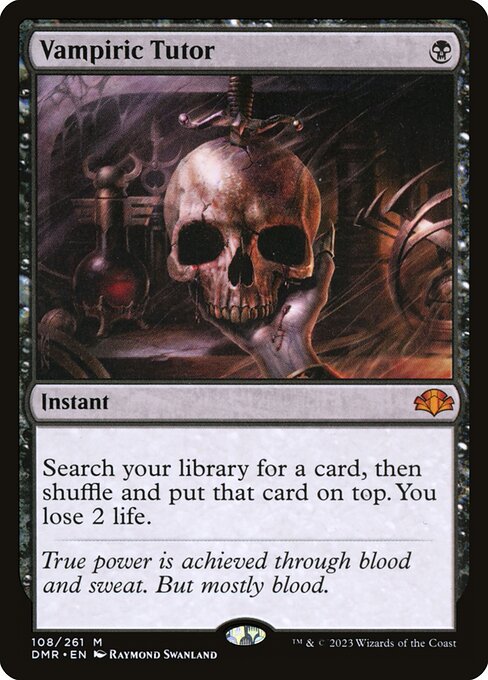
Vampiric Tutor
-
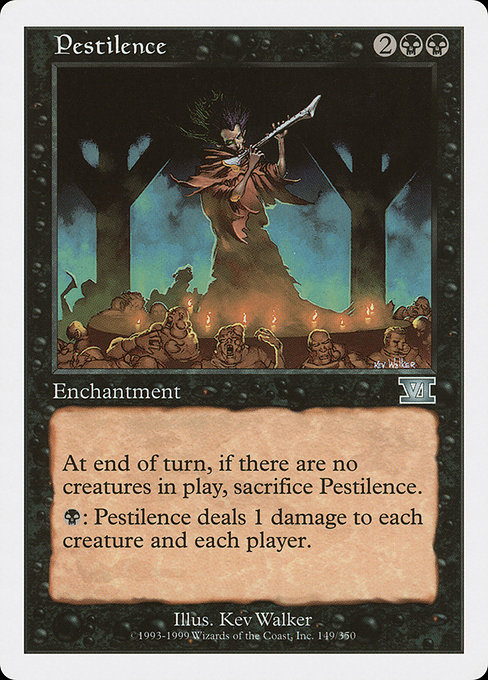
Pestilence
-

Dockside Extortionist
-
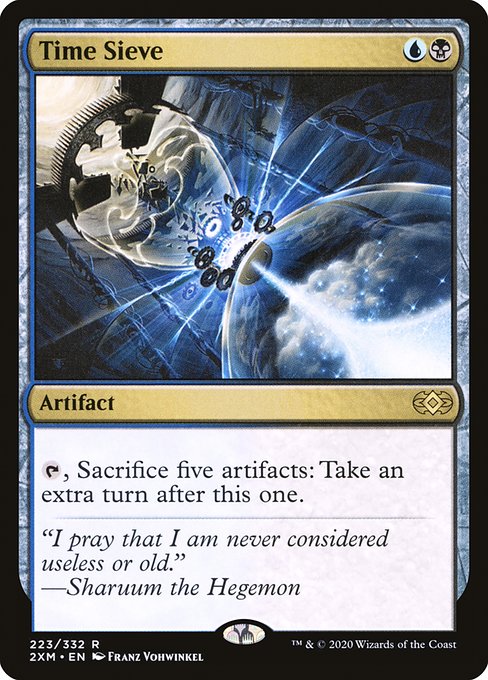
Time Sieve
-
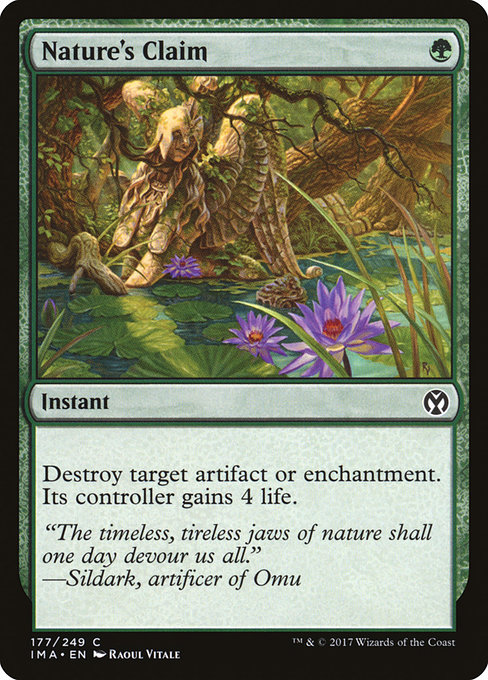
Nature's Claim
-
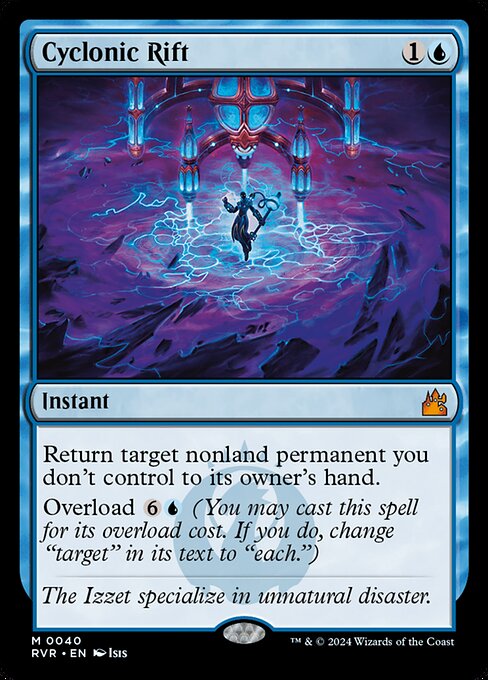
Cyclonic Rift
Gameplay Summary
The game featured a high-speed cEDH (competitive Elder Dragon Highlander) match with all players piloting turbo decks aimed at quick and efficient combos.
Magus Lucea Kane's player focused on assembling a two-card infinite combo involving Kiki-Jiki, Mirror Breaker and Pyrexian Tower, utilizing Finale of Devastation to tutor and cast these combo pieces.
The K'rrik, Son of Yawgmoth deck was built for resilience, employing multiple life-pay combos rather than an all-in early win, allowing repeated attempts to close the game.
The Rograkh and Silas deck involved artifact synergy with time-sieve effects and control elements, while the other decks aimed to leverage fast mana generation and explosive turns with cards like Mana Crypt and Dockside Extortionist to accelerate their game plan. Early turns saw players setting up mana bases and drawing into key pieces.
A pivotal moment involved a Vampiric Tutor searching for Mana Crypt to accelerate K'rrik’s game plan, which helped bring K'rrik out on turn two.
Another key interaction was the use of Pestilence to manage opposing creatures and maintain control of the board state.
The players also exchanged strategic disruption such as Nature's Claim and countermagic to hinder opponents’ acceleration.
The game swung on these early interactions and the ability of players to assemble their combos under pressure, with infinite loops from Magus Lucea Kane’s Finale of Devastation combo and K'rrik's multiple life payment synergies standing out as primary win conditions.







